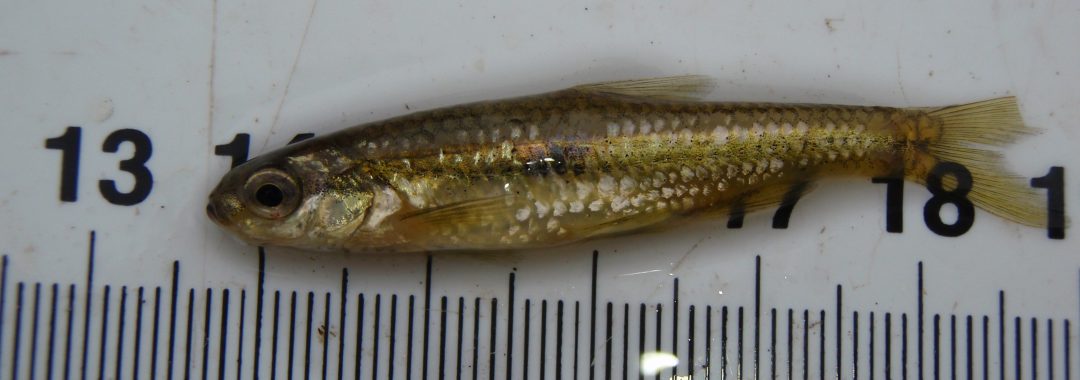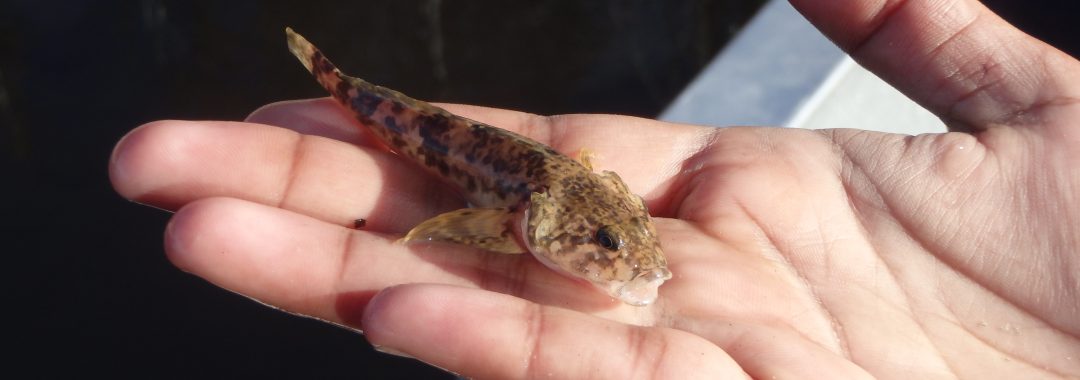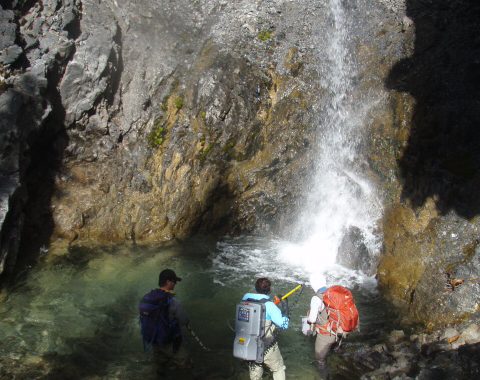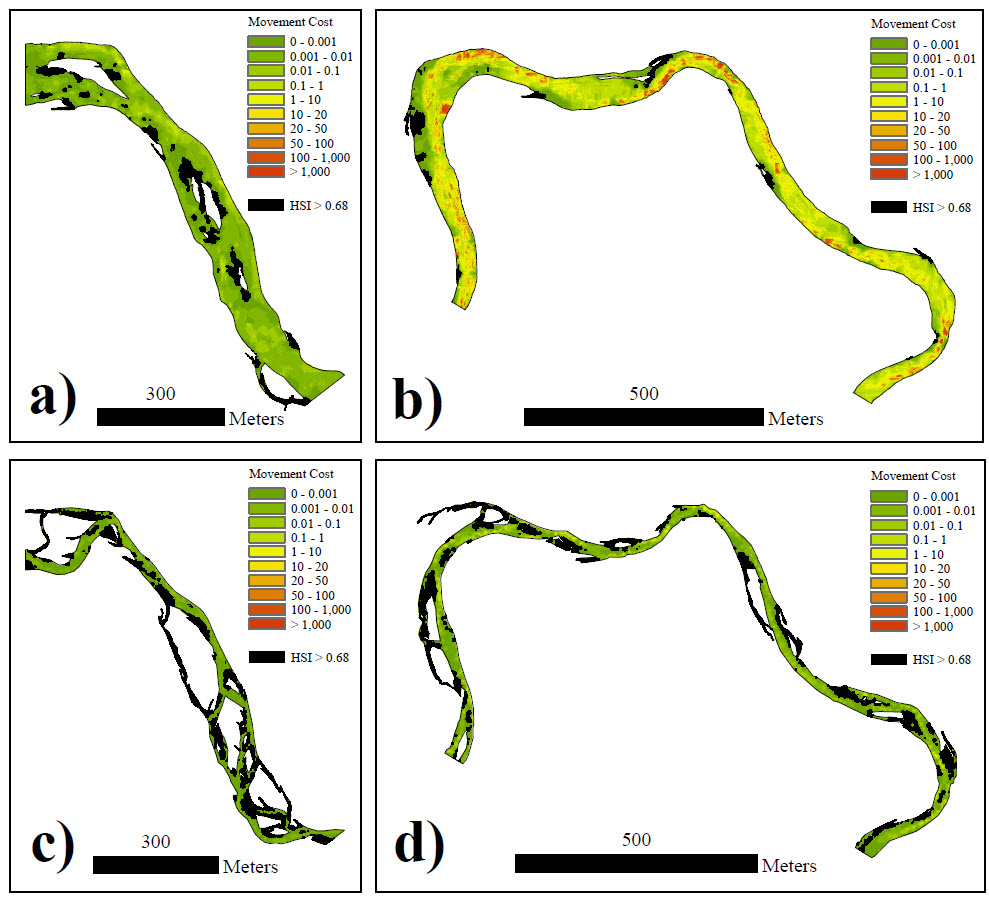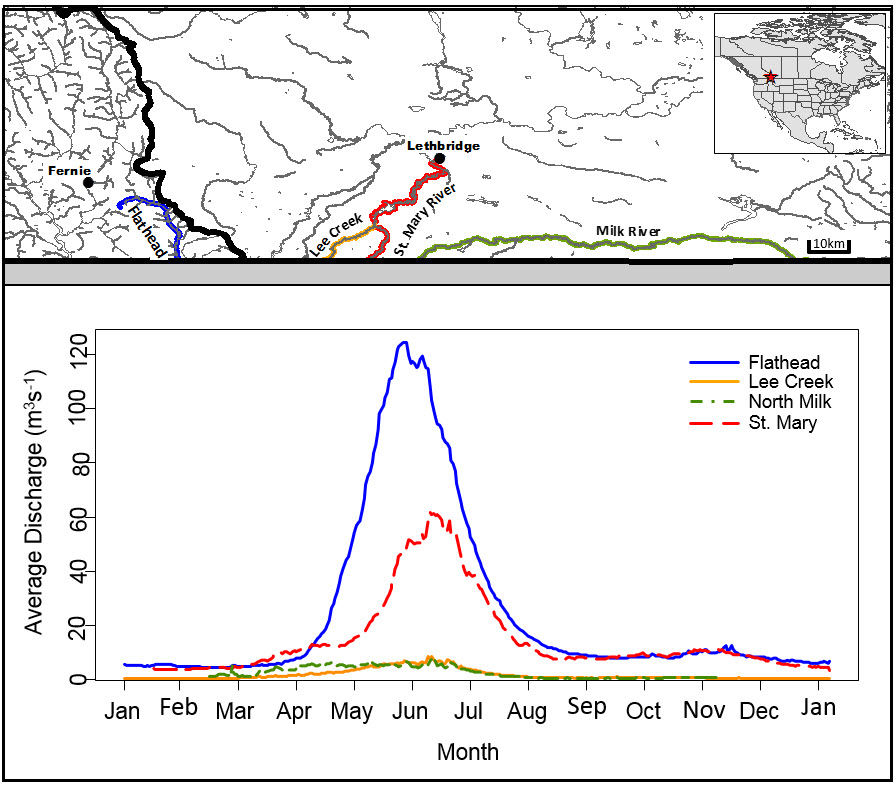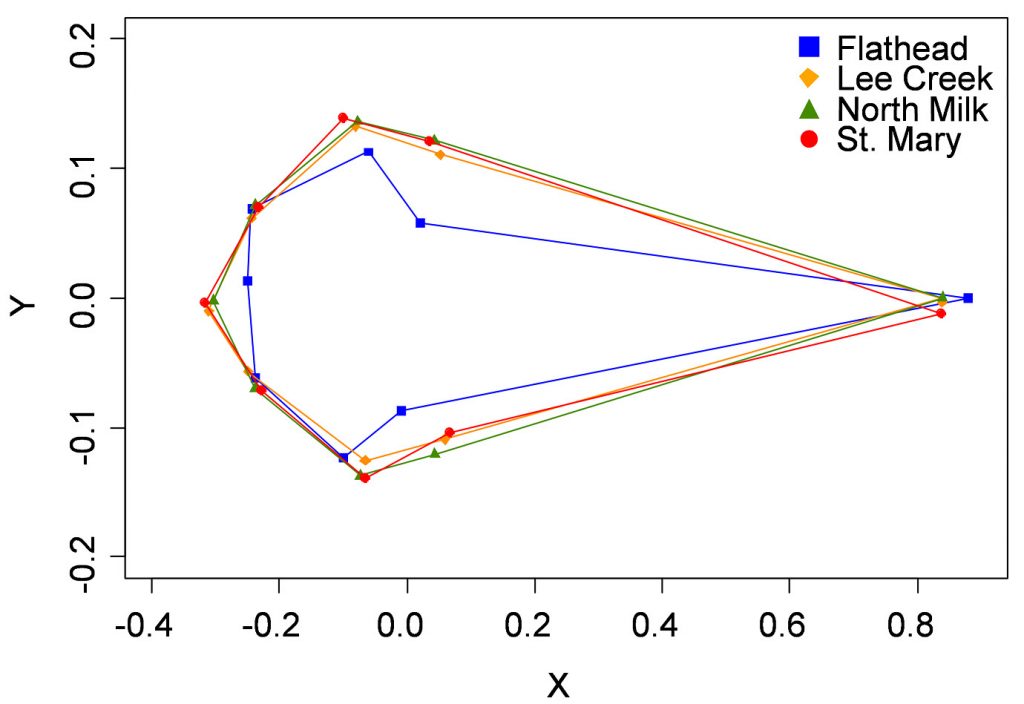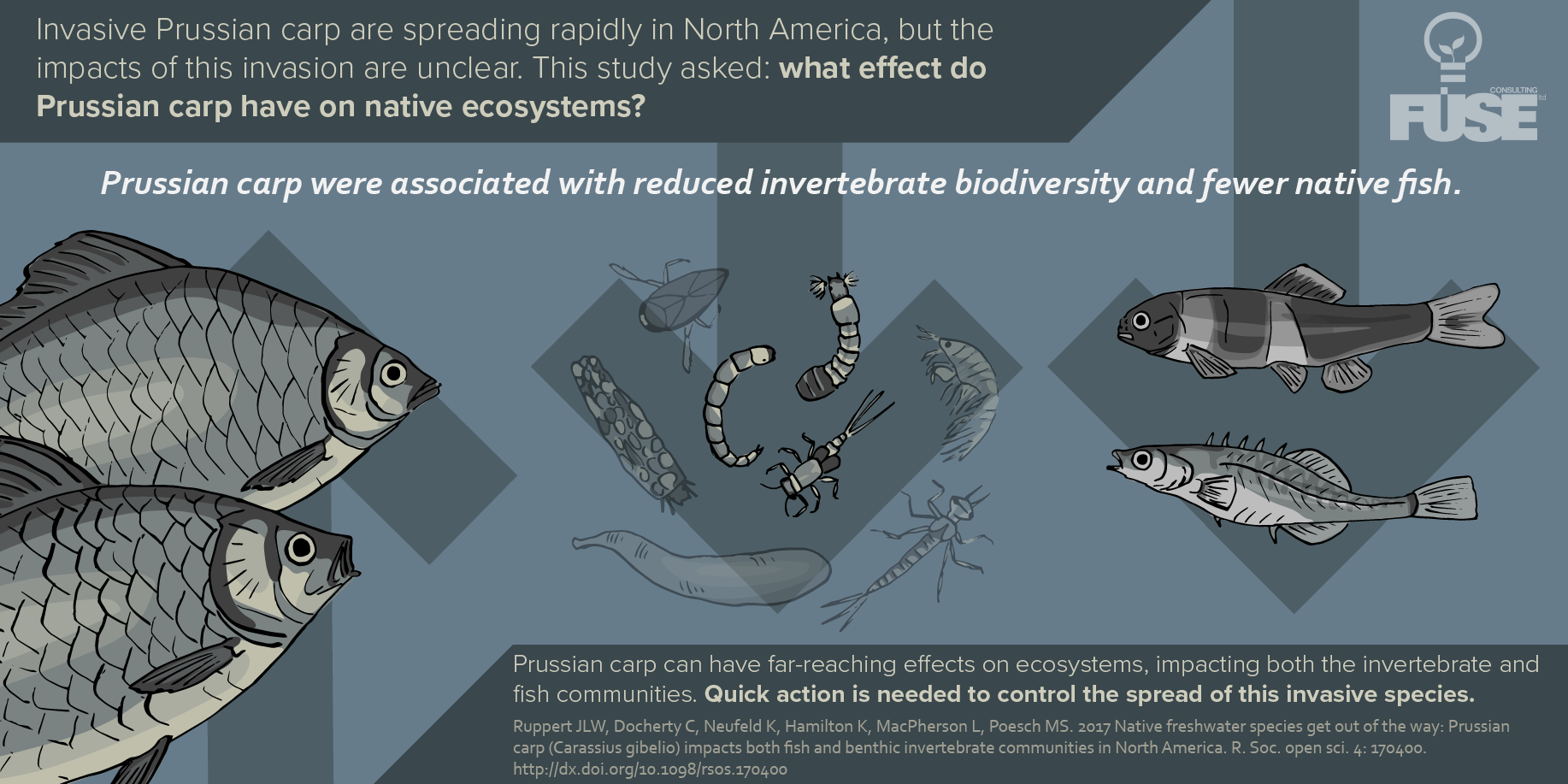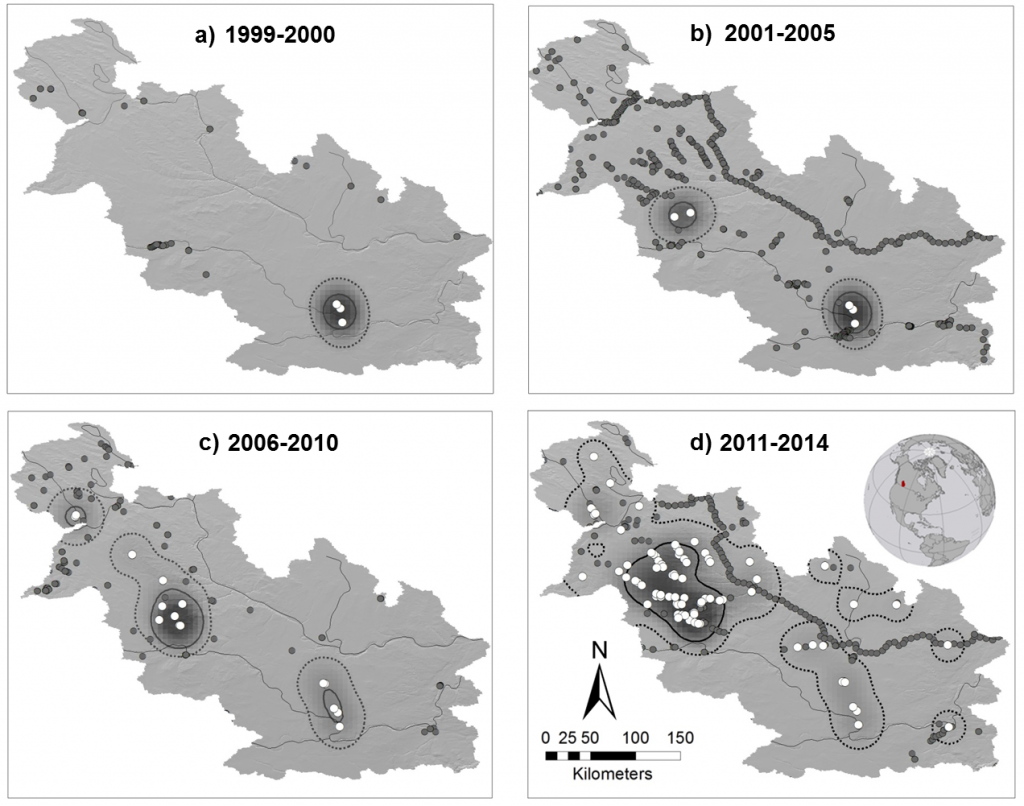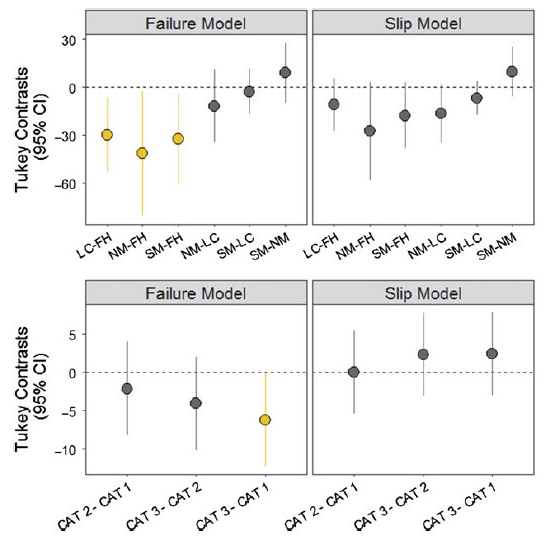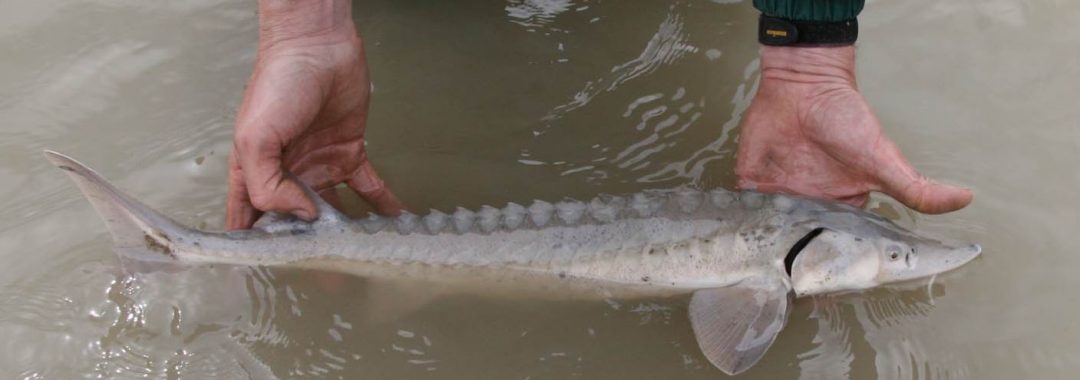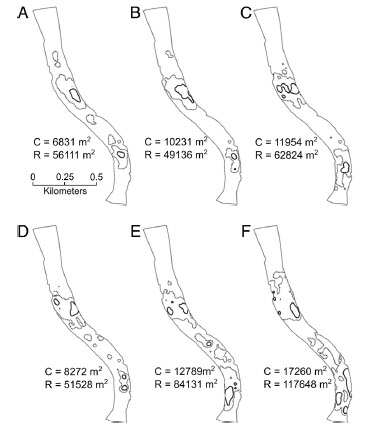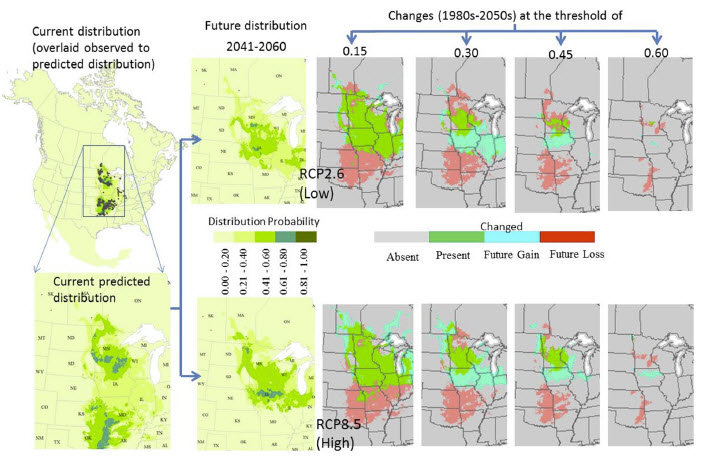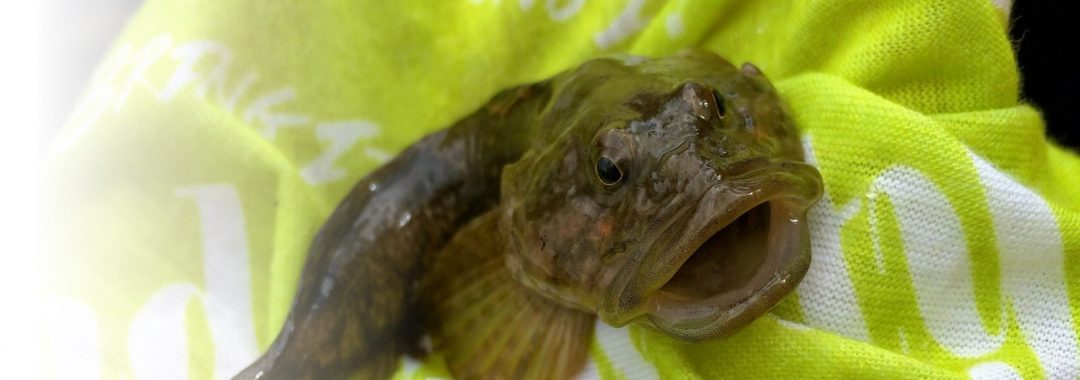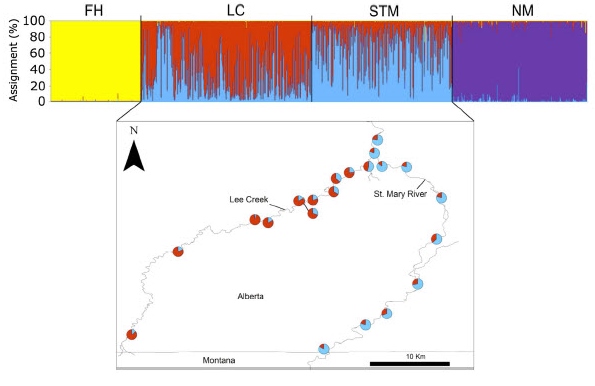Abstract:
Fishes are among the most threatened taxa in Canada with over 70 species, subspecies, and/or Designatable Units presently listed for protection under the Species at Risk Act (SARA). Protecting these species requires a diverse set of strategies based on the best-available data and information. One strategy identified in Canadian federal recovery strategies for improving the status of SARA-listed fishes is species reintroduction, which involves the release of individuals into areas from which they have been extirpated with the goal of re-establishing self-sustaining populations. The success of reintroduction relies on a comprehensive understanding of species life history and ecology, with considerations around population genetics and genomics. However, SARA-listed species are some of the most poorly known species in Canada due to their rarity and relative lack of research investment prior to the enactment of SARA. As a result, SARA-listed species have the most to lose if reintroduction activities are not carefully researched, planned, and executed. Therefore, the purpose of this review is to present an accessible summary on the state of reintroduction science for SARA-listed fishes in Canada with the hope of motivating future research to support reintroduction activities. We focus our review on 14 SARA-listed freshwater or anadromous fishes identified as candidates for reintroduction in federal recovery strategies. We follow our species-specific summaries with guidance on how basic research questions in population ecology, habitat science, and threat science provide a critical foundation for addressing knowledge gaps in reintroduction science. Subsequently, we identify the importance of genetic and genomic techniques for informing future research on the reintroduction of SARA-listed species. We conclude with recommendations for active, experimental approaches for moving reintroduction efforts forward for recovering Canadian fishes.
Voted as Editor’s Choice for 2019!
Citation: Lamothe,K.A., Drake, D.A.R., Pitcher, T.E., Broome, J.E., Dextrase, A.J., Gillespie, A., Mandrak, N.E., Poesch, M.S., Reid, S.M. and N. Vachon. (2019) Reintroduction of fishes in Canada: a review of research progress for SARA-listed species. Environmental Reviews 27(4): 575-599.
Also Read:

